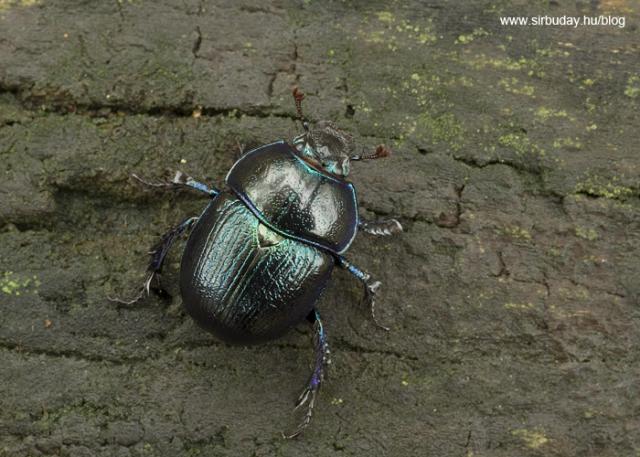Scinetific classification
Kingdom: Animalia
Phylum: Arthropoda
Class: Insecta
Order: Coleoptera
Superfamily: Scarabaeoidea
Dung beetles are beetles that feed partly or exclusively on feces. This beetle can also be referred to as the scarab beetle. The Scarabaeinae alone comprises more than 5,000 species. Many dung beetles, known as rollers, are noted for rolling dung into spherical balls, which are used as a food source or brooding chambers. Other dung beetles, known as tunellers, bury the dung wherever they find it. A third group, the dwellers, neither roll nor burrow: they simply live in manure. They are often attracted by the dung burrowing owls collect.
Ecology and behavior
Dung beetles live in many different habitats, including desert, farmland, forest, and grasslands. They do not prefer extremely cold or dry weather. They are found on all continents except Antarctica.
Dung beetles eat dung excreted by herbivores and omnivores, and prefer that produced by the former. Many of them also feed on mushrooms and decaying leaves and fruits.
Most dung beetles search for dung using their sensitive sense of smell. After capturing the dung, a dung beetle will roll it, following a straight line despite all obstacles. Dung beetles can roll up to 50 times their weight.
The "rollers" roll and bury a dung ball either for food storage or for making a brooding ball. In the latter case, two beetles, one male and one female, will be seen around the dung ball during the rolling process. Usually it is the male that rolls the ball, with the female hitch-hiking or simply following behind. In some cases the male and the female roll together. When a spot with soft soil is found, they stop and bury the dung ball. They will then mate underground. After the mating, both or one of them will prepare the brooding ball. When the ball is finished, the female lays eggs inside it, a form of mass provisioning. Some species do not leave after this stage, but remain to safeguard their offspring. The dung beetle goes through a complete metamorphosis. The larvae live in brood balls made with dung prepared by their parents. During the larval stage, the beetle feeds on the dung surrounding it.
Benefits and uses
Dung beetles play a remarkable role in agriculture. By burying and consuming dung, they improve nutrient recycling and soil structure. They also protect livestock, such as cattle, by removing the dung which, if left, could provide habitat for pests such as flies.
They are used in ecotoxicology for testing the adverse effects of animal drugs on dung ecosystem.
